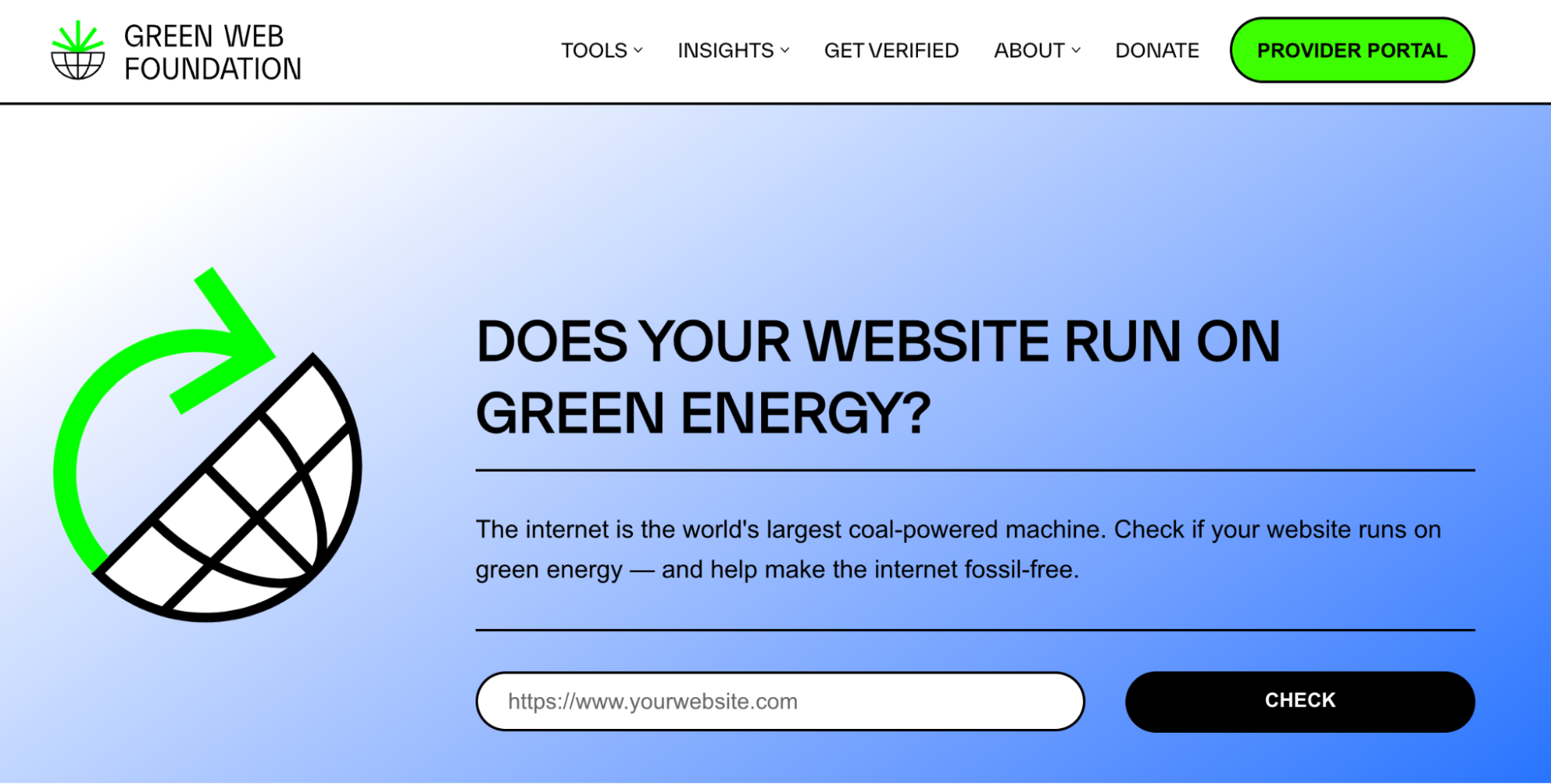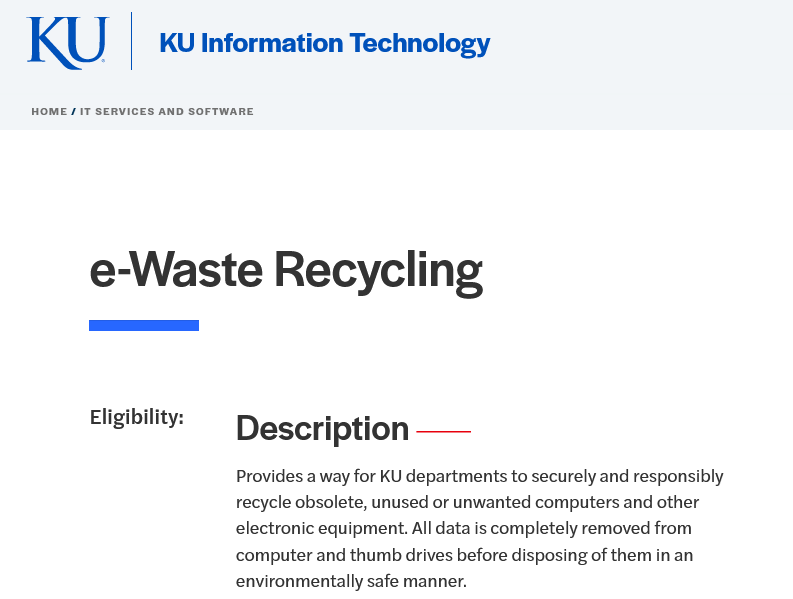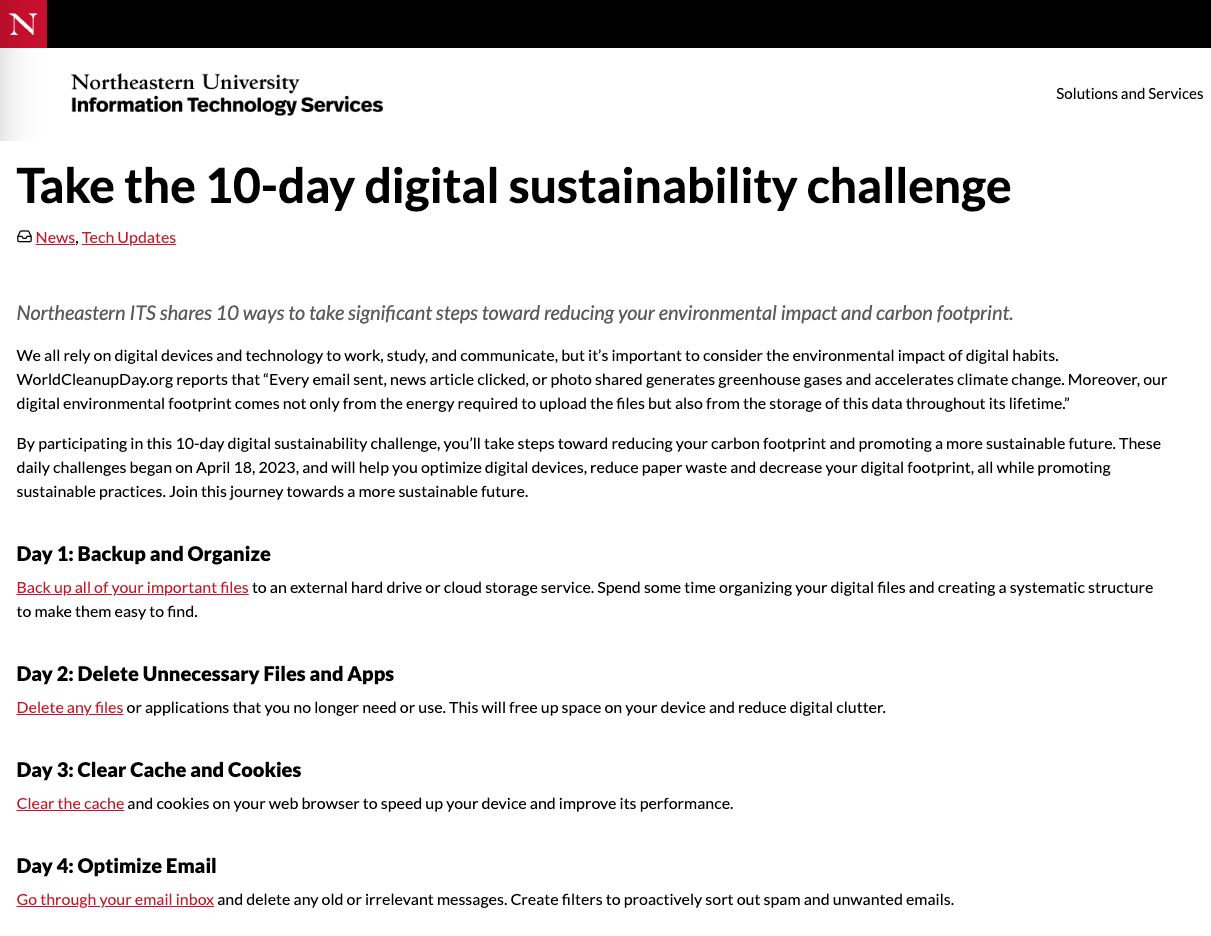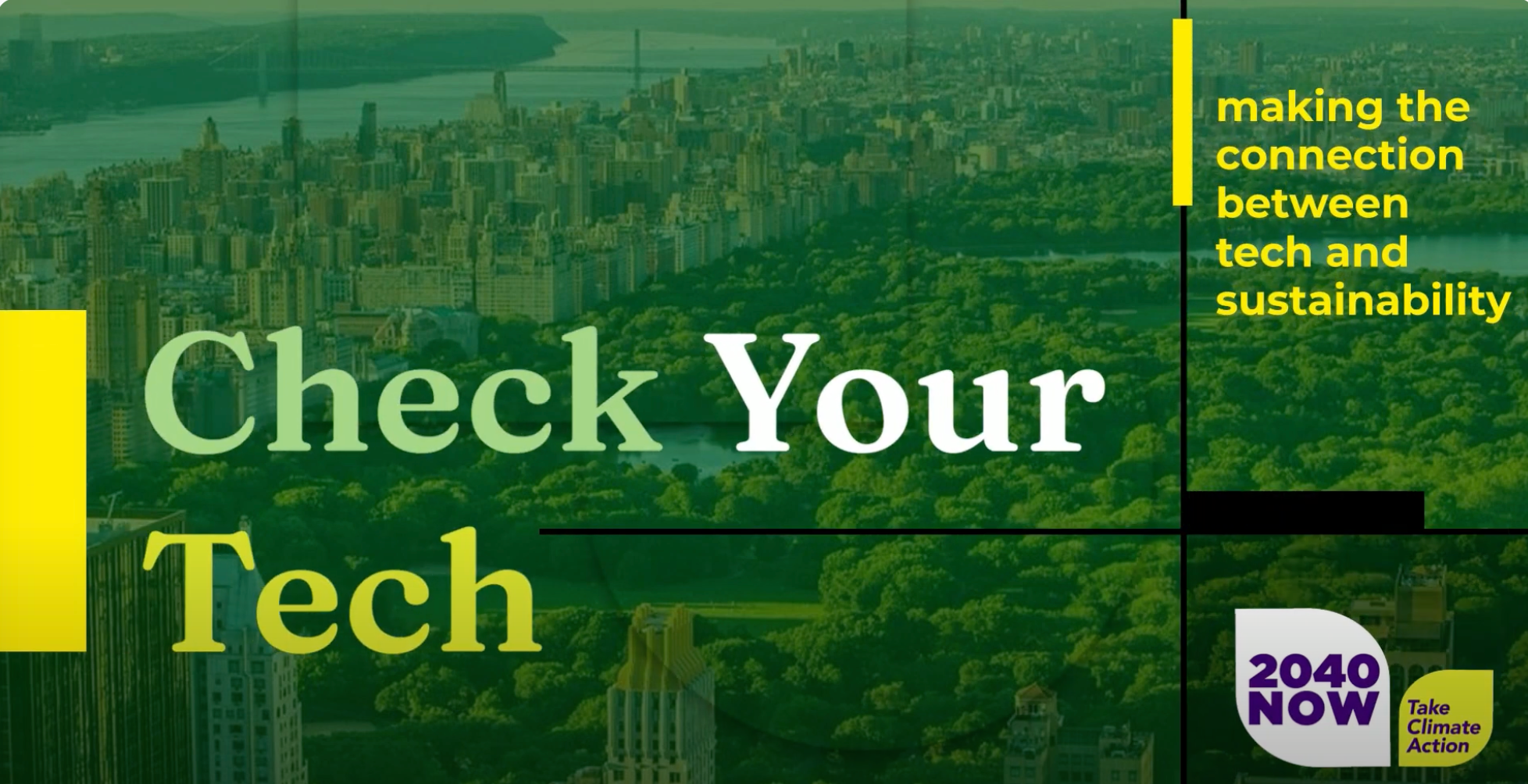In many ways, digitalization—often referred to as the fourth industrial revolution—has improved efficiency, saved energy, and cut down on waste.
But advancing technology comes with its own environmental implications. According to The Shift Project, the internet accounts for nearly 4% of the world’s greenhouse emissions.
To address the reality of these concerns, industries of all kinds—including higher education—are embracing a movement toward digital sustainability.
What exactly is digital sustainability?
Digital sustainability means considering the environmental and social impacts of technology decisions, from design and development to data management and device disposal.
Across the globe, organizations have launched initiatives toward a greener web. The United Nations established The Coalition for Digital Environmental Sustainability (CODES) to further its 17 Sustainable Development Goals. And in September 2023, W3C just introduced its first-ever Web Sustainability Guidelines.
How can higher education institutions join in and become better stewards of the (digital) environment? Let’s explore a few approaches.
1. Improve efficiency and optimize performance
When it comes to college and university websites, it takes considerable power to keep the proverbial lights on.
At HE Connect, Hannah Smith of the Green Web Foundation reminded attendees that digital assets don’t live “in the cloud”; they’re hosted on massive server farms that have to be powered up and cooled down, requiring enormous amounts of energy.
According to the Green Web Foundation, 60% of the world’s electricity comes from fossil fuels—and data centers are responsible for ~2% of that demand.
Switching to a verified green hosting provider, as the Foundation encourages, can help avoid, reduce, or offset carbon emissions associated with your .edu website.
See if your institution’s website runs on green energy on the Green Web Foundation’s homepage
Beyond hosting, how your website and other digital properties are built and maintained also affects energy efficiency. For starters, lagging load times not only impact the user experience but also impact energy use.
A clean codebase, caching, compressed images, and an overall leaner site can all optimize performance and, therefore, reduce energy. As the W3C guidelines advise, don’t be afraid to simplify or even remove code.
2. Declutter your content: cleaning out your CMS
Anyone who has performed a web content audit at their institution has likely encountered (unburied?) issues with outdated PDFs, multiple sizes and versions of the same headshot, and other outdated files cluttering your CMS.
Pixel by pixel, byte by byte, that all adds up.
If you haven’t run a complete website inventory in a while, consider doing one soon. Tools like ScreamingFrog can be an excellent start for diagnosing content overload. You can also take a look at a recent article we published: 5 Steps to a Successful Content Audit.
Moving forward, better web governance policies can help curb version control issues with PDFs and other downloadable files.
Digital asset management services, content delivery networks (CDNs), or even specific, perhaps underutilized, features in your CMS can reduce duplicate image/media files and improve load times.
3. Taking out the trash: digital devices, physical waste
The challenges aren’t limited to what’s taking up space in the cloud or clogging up things behind the scenes.
Rapidly changing technology has also created significant physical waste.
Some would argue there’s even a seemingly planned obsolescence among makers of computers, smartphones, and other devices.
With users upgrading digital devices more often, whether for work, school, or personal use, there’s a growing concern about how to dispose of outdated hardware.
Think about how many devices can be found across your campus, from administrative offices and research labs to every desk in every dorm room.
Many college campuses are helping their students, staff, and faculty address this issue.
One example is the information technology department at University of Kansas, which thoroughly explains its efforts to reduce e-waste on campus and beyond.
When equipment is obsolete and unusable, they use vetted -waste vendors to keep toxic materials out of landfills.
4. Consider the sustainability of online archives and digital preservation

Libraries are a cornerstone of academia, and they’ve evolved to meet the needs of new technologies and shifting social norms.
While ebooks and online journals aren’t lining the stacks' shelves, they still take up space.
Over the past decade, many academic librarians, archivists, and researchers have examined the implications of digital preservation—and the balance between being steadfast keepers of information and responsible digital citizens.
A team of Harvard researchers recently wrote that digital preservation that rests on technological infrastructure has an environmental impact that can threaten the sustainability focus of the institution, which is tasked with preserving digital content.
A conundrum for sure.
Digital librarians at Virginia Tech reflected on innovations in the 1980s that introduced more environmentally friendly approaches to collection management, such as improved HVAC systems. They observed how advancements in the digital age aren’t as tangible and have essentially distanced digital content managers from a “similar physical awareness of the environmental impact in their day-to-day work.”
In other words, the notion of “out of sight, out of mind” can very much come into play when we store things digitally—and that can apply to an individual hard drive as much as it can to a massive museum archive.
5. Educating and empowering users
Perhaps, for academic institutions, another way to work toward digital sustainability is through educating the next generation of environmental stewards.
Meghan Dougherty does just that with an upper-level communications course at Loyola University of Chicago.
Outside of sustainability courses and institution-owned web properties, many college and university IT departments also promote clearing out digital clutter from personal devices.
Northeastern University has its own easy-to-follow 10-Day Digital Sustainability Challenge for its community.
Northeastern University’s 10-day digital sustainability challenge on their website
And NYU created a Check Your Tech campaign as part of its 2040 NOW initiative and a Digital Storage Spring Cleaning Tips page.
NYU's 2040 Now initiative, check out these sustainable tech tips
Higher education institutions can set good examples for constituents, peer colleges and universities, and the broader community by modeling best practices, showcasing initiatives, and reporting progress on these efforts, such as through dashboards like NYU’s IT Sustainability Achievements.
Quick tips
There are plenty of creative ways higher education institutions can address digital sustainability concerns; here are a few:
- Finding more energy-efficient hosting and data storage solutions
- Optimizing website performance
- Deleting outdated or old content—yes, it’s scary, but you can do it
- Establishing and enforcing web governance practices that address file storage and version control
- Exploring ways information-rich entities, like libraries, museums, and special archival collections, can become greener
- Offering resources and programs that help individuals reduce their own digital footprint in the office and at home
- Educating their campus community about best practices
- Reporting on digital sustainability efforts for transparency and accountability
Do you have a higher education website digital sustainability tip to share? Or a link to an initiative at your intuition? We’d love to hear about it; please share in the comments below.

:format()//media/digital-sustainability-for-higher-education-RQ.png)



